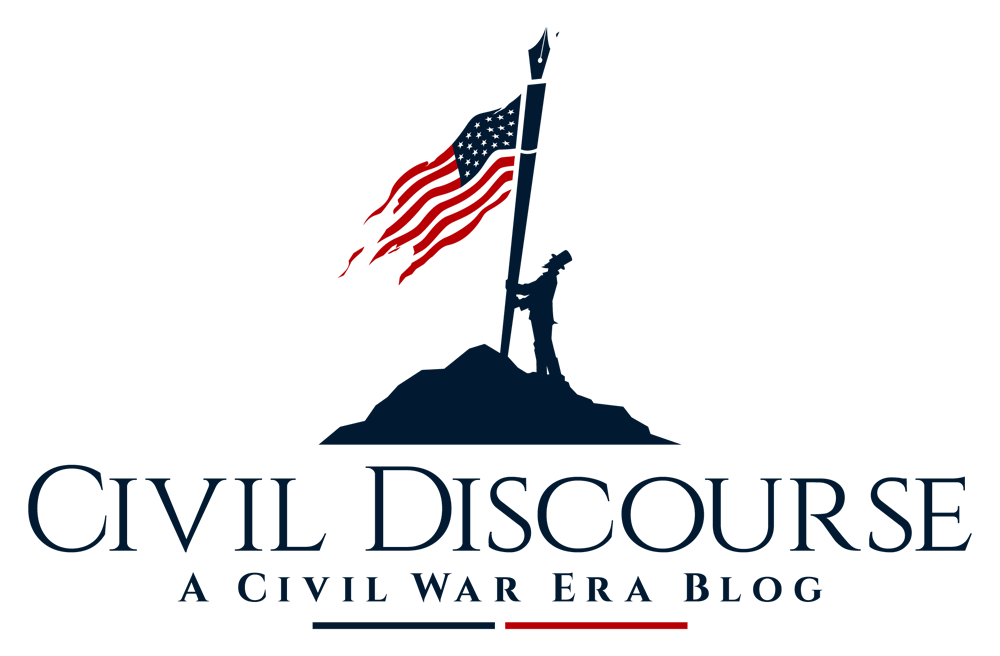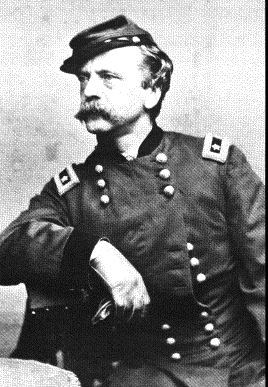Did Robert E. Lee Kill A Man? Did Douglas Southall Freeman Cover It Up?
/Tucked away in a brief footnote within later editions of Douglas Southall Freeman's monumental four volume R.E. Lee, the famous Civil War historian penned a short account of an intriguing and "unhappy" episode in Robert E. Lee's younger life. The young Lee spent the summer of 1835 surveying the boundary between Ohio and Michigan Territory. Buried in a Freeman footnote, we learn the following:
An unhappy incident of Lee's experience on this survey was the accidental death of a Canadian lighthouse keeper "in a scuffle" over the use of his tower for running one of the survey lines. The only reference to this, so far as is known, is in Lee to G.W. Cullum, July 31, 1835...A search of Canadian records yields no details.
Did Robert E. Lee kill a man?





















